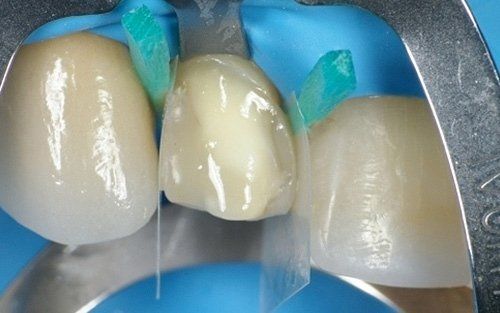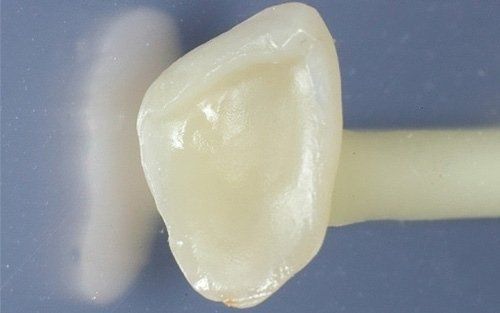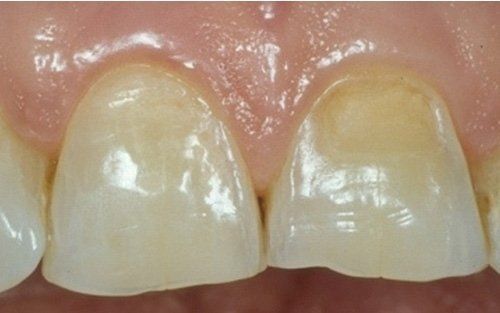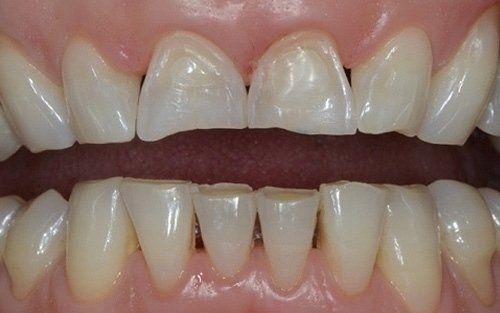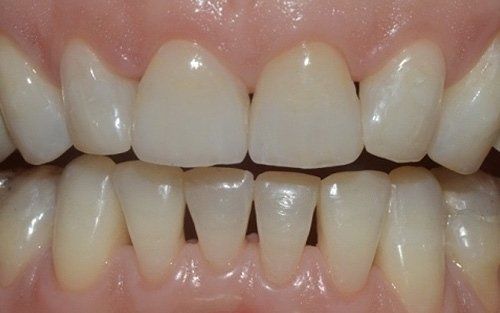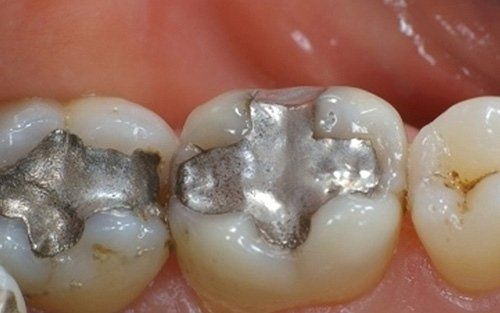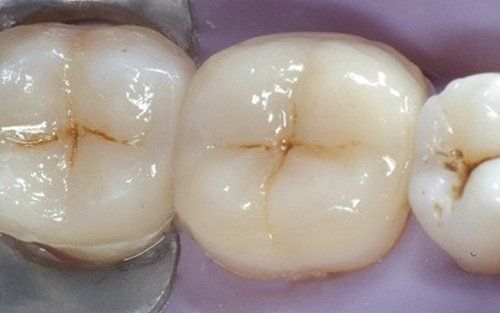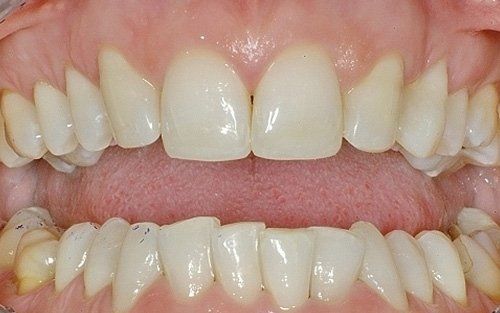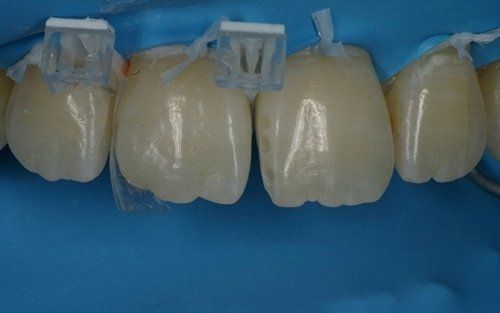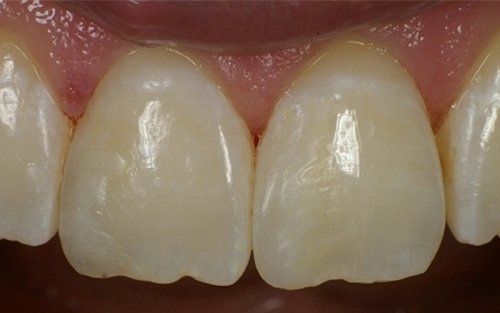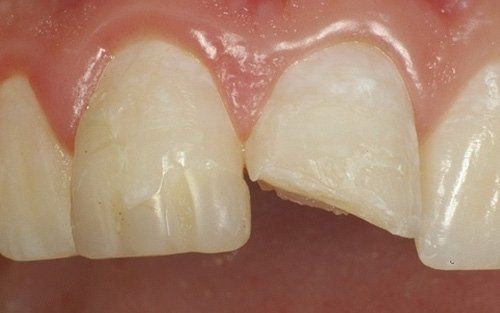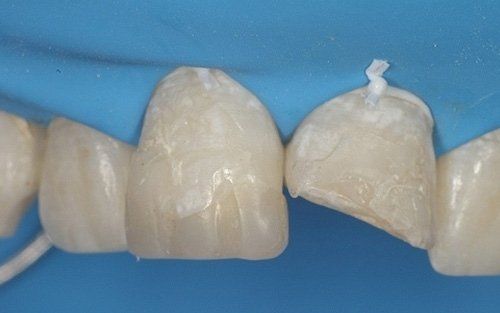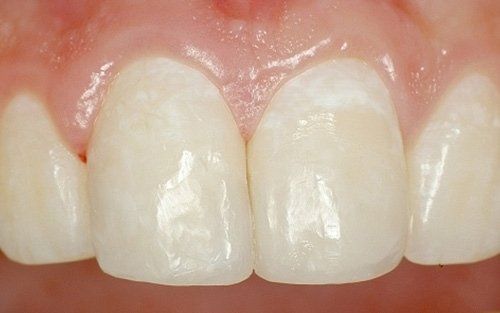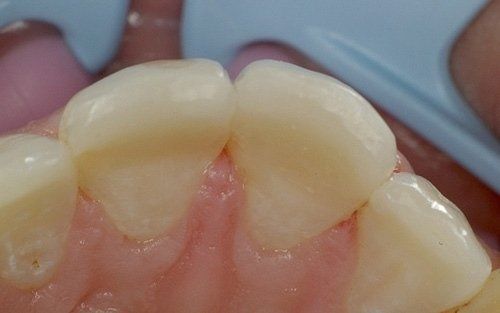aEsthetic conservation
The aesthetic preservation includes the majority of the disciplines that we apply in our clinic every day. The great reliability of the adhesive systems, the guarantee of aesthetic materials in terms of resistance and durability, as well as the excellent esthetic properties make it a system that, if correctly applied, solves the majority of dental pathologies in a conservative way. From extensive reconstructions due to dental caries, through fillings (see below "direct restoration") or inlays, to the application of aesthetic veneers on the anterior group, to dental cosmetics, or that discipline through which, with very small and very conservative modifications can achieve a substantial improvement of their smile, without any need to resort to expensive and complex prosthetic therapies with the application of full crowns. The volume increases of the teeth are also part of this area. For example, if you want to close the interincisive diastemis (the spaces between the upper incisors). Also, many coronal fractures of the anterior teeth can be solved in an extremely simple way, through the re-attachment of the dental fragment, if this has been preserved, or with the "invisible" or very natural reconstruction of the missing portion.
This is our treatment philosophy, and to better illustrate it, we present below some examples of our work.




